42 hubble's tuning fork diagram
Hubble Tuning Fork Diagram - University of Alabama Hubble's Tuning Fork Diagram. Sa Sb Sc Sd ; E0 E6 S0 ; SB0 ; SBa SBb SBc SBd ; Irr dE; updated 8 Apr 1996 - Ray White ... Hubble Tuning Fork Diagram - CSUFresno Hubble's Tuning Fork Diagram . Sa . Sb . Sc . E0 . E6 . S0 . SB0 . SBa . SBb . SBc
physics.byu.edu Object moved to here.

Hubble's tuning fork diagram
Tuning-fork style diagram of the Hubble sequence ... It is often known colloquially as the Hubble tuning fork diagram because of the shape in which it is traditionally represented. Hubble's scheme divides regular galaxies into 3 broad classes - ellipticals, lenticulars and spirals - based on their visual appearance (originally on photographic plates). Hubble's galaxy classification diagram (the "tuning fork ... Hubble's tuning fork diagram represents the evolution path of galaxies from elliptical to spiral. asked Aug 20, 2019 in Physics & Space Science by Zecan. introductory-astronomy; In Hubble's Tuning Fork, mergers drive the arrow of time to the _____ asked Sep 24, 2016 in Physics & Space Science by Chandler08. Hubble Tuning Fork Diagram - A Leading UK University The tuning fork diagram was devised by Hubble as a means of classifying galaxies by their appearance. The ellipticals are arranged in one branch while the spirals and the barred spirals form two parallel branches.
Hubble's tuning fork diagram. The Hubble Tuning Fork – Classification of Galaxies Oct 06, 1999 · As one of the first steps towards a coherent theory of galaxy evolution, the American astronomer Edwin Hubble, developed a classification scheme of galaxies in 1926. Although this scheme, also known as the Hubble tuning fork diagram, is now considered somewhat too simple, the basic ideas still hold. The diagram is roughly divided into two parts ... Classification and Morphology of External Galaxies Standard classification: Hubble's tuning-fork diagram (1925). Sub-types are defined by the index n = 10(1 - b/a ), if a , b are the apparent major and minor axes measured on photographs. The most strongly elongated objects, type E7 , such as NGC 3115 , depart notably from a geometrical ``elliptical'' shape, being pointed near the ends of the ... PDF Hubble tuning fork diagram galaxy classification Hubble tuning fork diagram galaxy classification Background: First Look at Classifying GalaxiesThe image above is called Hubble's Tuning fork. It was developed by Edwin Hubble, who was the first person to classify galaxies based on their morphology. There are five types of galaxies in the tuning fork:Ellipticals (E)Lenticular (S0)Spirals (S ... Tuning-fork style diagram of the Hubble sequence ... "The Hubble sequence is a morphological classification scheme for galaxies invented by Edwin Hubble in 1936. It is often known colloquially as the Hubble tuning fork diagram because of the shape in which it is traditionally represented.
Voyages | Introducing Edwin Hubble Galaxy Classification The diagram has come to be known as Hubble's "tuning fork" diagram because of its resemblance to the metal tools used by piano tuners to produce a standard pitch. Hubble's sequence, shown below, classifies galaxies into three main types: ellipticals (left), spirals (right), and lenticulars (an intermediate case). PDF Galaxies Hubble's Tuning Fork Diagram - Mt. SAC E. Hubble (Tuning fork diagram) Different types of galaxies Structure, Size , populations Distance measurements Bizarre objects - Quasars-starlike object is 3C 273, Quasar Hubble's Tuning Fork Diagram Percentage of 77% 20% 3% observed galaxies Mostly II Mostly I some I I in disk II in halo and bulge Stellar populations I - metal rich II ... Hubble's Tuning Fork and Galaxy Classification | Astronomy ... Figure 9.2: Diagram of Hubble's Tuning Fork classification scheme from Hubblesite. This is a classical type of image still used by astronomers today to show how galaxies are classified. On the left are four images of elliptical galaxies proceeding from nearly circular / spheroidal (E0 type) to very elongated elliptical / ellipsoidal (E7). Hubble Tuning Fork Diagram Hubble Tuning Fork Diagram. This chart shows all of the classifications of different shapes of galaxies. S0 is an extra category that Hubble used to describe the shape of galaxies that were about halfway between elliptical galaxies and spiral galaxies. E = Elliptical, S = Spiral, SB = Barred Spiral. BACK
The Hubble Tuning Fork - Sloan Digital Sky Survey You can see why this diagram is called the Hubble tuning fork. Hubble believed that galaxies started at the left end of the diagram and evolved to the right. He called the elliptical galaxies "early galaxies" and the spirals "late galaxies." We now know that he was wrong: galaxies do not move down the forks of the diagram as they evolve. Hubble sequence - Wikipedia The Hubble sequence is a morphological classification scheme for galaxies invented by Edwin Hubble in 1926. It is often colloquially known as the Hubble tuning fork diagram because the shape in which it is traditionally represented resembles a tuning fork . Tuning-fork style diagram of the Hubble sequence The Hubble tuning fork - classification of galaxies | ESA ... Although this scheme, also known as the Hubble tuning fork diagram, is now considered somewhat too simple, the basic ideas still hold. The diagram is roughly divided into two parts: elliptical galaxies (ellipticals) and spiral galaxies (spirals). Hubble gave the ellipticals numbers from zero to seven, which characterize the ellipticity of the ... Hubble's Tuning Fork Diagram - Topic 4 Flashcards | Quizlet Start studying Hubble's Tuning Fork Diagram - Topic 4. Learn vocabulary, terms, and more with flashcards, games, and other study tools.
Tuning Fork Diagram | Galaxies | Space FM 15.7 - Know how the different types of galaxies were placed by Hubble on his 'Tuning Fork' diagram Edwin Hubble classified galaxies according to their shape. Ge produced a tuning fork diagram as he thought this demonstrated the evolution of elliptical galaxies into spirals. He also didn't think enough things were named after him in this section.
Is Hubble's Tuning Fork Diagram 'misleading'? - IndianSky ... Hubble's tuning fork diagram, published in 1936 by US astronomer Edwin Hubble, is the earliest method for classification of galaxies. It classifies galaxies based on their apparent structure - into three main categories - elliptical, spiral and barred spiral.
The Hubble Tuning Fork | Galaxy Zoo Astronomers call this diagram the "Hubble Tuning Fork". I have been meaning for a while to make a new version of the Hubble tuning fork based on the type of images which were used in Galaxy Zoo 1 and 2 (OK the prettiest ones I could find - these are not typical at all). Anyway here it is.
Part 1: Hubble's Tuning Fork | Imaging the Universe The image above is called Hubble's Tuning fork. It was developed by Edwin Hubble, who was the first person to classify galaxies based on their morphology. There are five types of galaxies in the tuning fork: Ellipticals (E) Lenticular (S0) Spirals (S) Barred Spirals (SB) Irregulars (Irr) Within each type, there are subclassifications.
Create a Hubble Tuning Fork diagram | Las Cumbres Observatory In 1926, astronomer Edwin Hubble realised that there are several types of galaxy and developed a classification scheme, known as the Hubble tuning fork diagram. The diagram is roughly divided into two parts: elliptical galaxies (ellipticals) and spiral galaxies (spirals).
Hubble's Tuning Fork Diagram - University of Oregon the initial scheme proposed by American astronomer Edwin Hubble in 1926. In Hubble's scheme, which is based on the optical appearance of galaxy images on photographic plates, galaxies are divided into three general classes: ellipticals, spirals, and irregulars. Hubble's Tuning Fork Diagram Sa Sb Sc Sd E0 E6 S0 SB0 SBa SBb SBc SBd
The Hubble Tuning-Fork The Hubble Tuning-fork. In 1926, the American Astronomer Edwin Hubble developed a classification scheme of galaxies based on their shapes and structure, or in other words, on their morphology. This scheme is called the Hubble Sequence or Hubble tuning-fork diagram because the shape in which it is usually shows resembles a tuning-fork, like the ...
HW 14 Flashcards | Quizlet This figure represents Hubble's tuning fork, a way of classifying galaxies based on their physical appearance. Label the types of galaxies shown on the tuning fork. See SmartWork for picture ... The following diagram demonstrates the expansion of space in three dimensions.
Question 5 of 12 Hubbles tuning fork diagram shows the ... Question 5 of 12 Hubble's tuning fork diagram shows the evolutionary sequence for galaxy development. True False Answer Key: False. Question 7 of 12 In which type of galaxy would you be most likely to observe star formation taking place? A. spiral B. elliptical C. irregular D. all of the above Answer Key: A, C.
Solved The Hubble tuning fork diagram for galaxies is ... The Hubble tuning fork diagram for galaxies is useful because it: A) shows how galaxies change over time. B) organizes galaxies according to their age and size. C) provides an objective way to classify galaxies that does not vary between observers. D) categorizes galaxies by shape and appearance. Question: The Hubble tuning fork diagram for ...
Hubble Tuning Fork Diagram - A Leading UK University The tuning fork diagram was devised by Hubble as a means of classifying galaxies by their appearance. The ellipticals are arranged in one branch while the spirals and the barred spirals form two parallel branches.
Hubble's galaxy classification diagram (the "tuning fork ... Hubble's tuning fork diagram represents the evolution path of galaxies from elliptical to spiral. asked Aug 20, 2019 in Physics & Space Science by Zecan. introductory-astronomy; In Hubble's Tuning Fork, mergers drive the arrow of time to the _____ asked Sep 24, 2016 in Physics & Space Science by Chandler08.
Tuning-fork style diagram of the Hubble sequence ... It is often known colloquially as the Hubble tuning fork diagram because of the shape in which it is traditionally represented. Hubble's scheme divides regular galaxies into 3 broad classes - ellipticals, lenticulars and spirals - based on their visual appearance (originally on photographic plates).


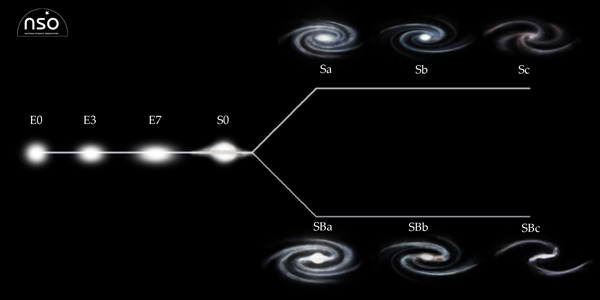


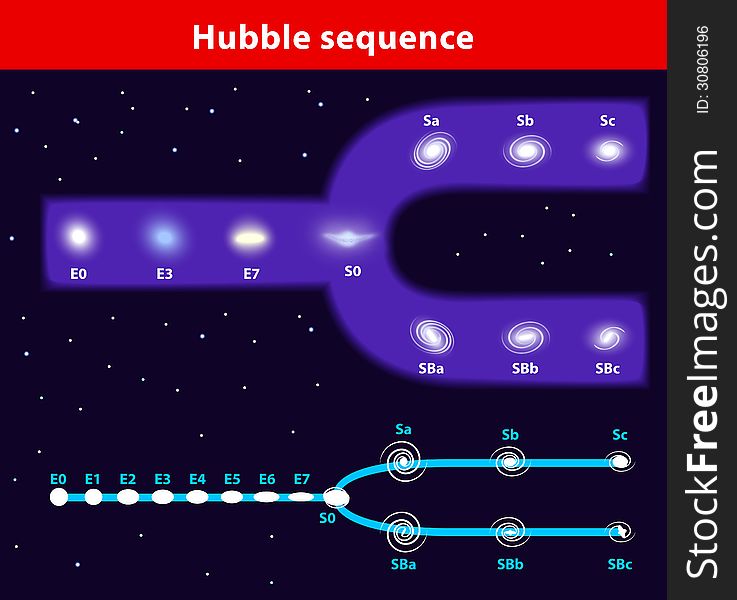





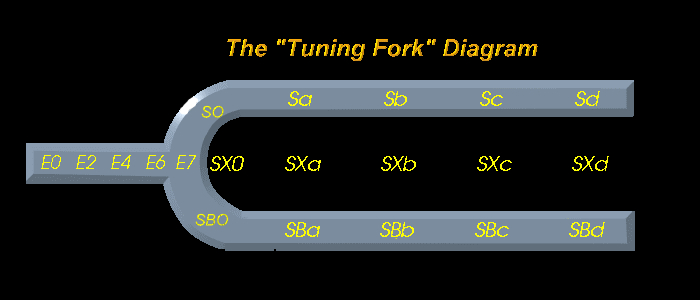


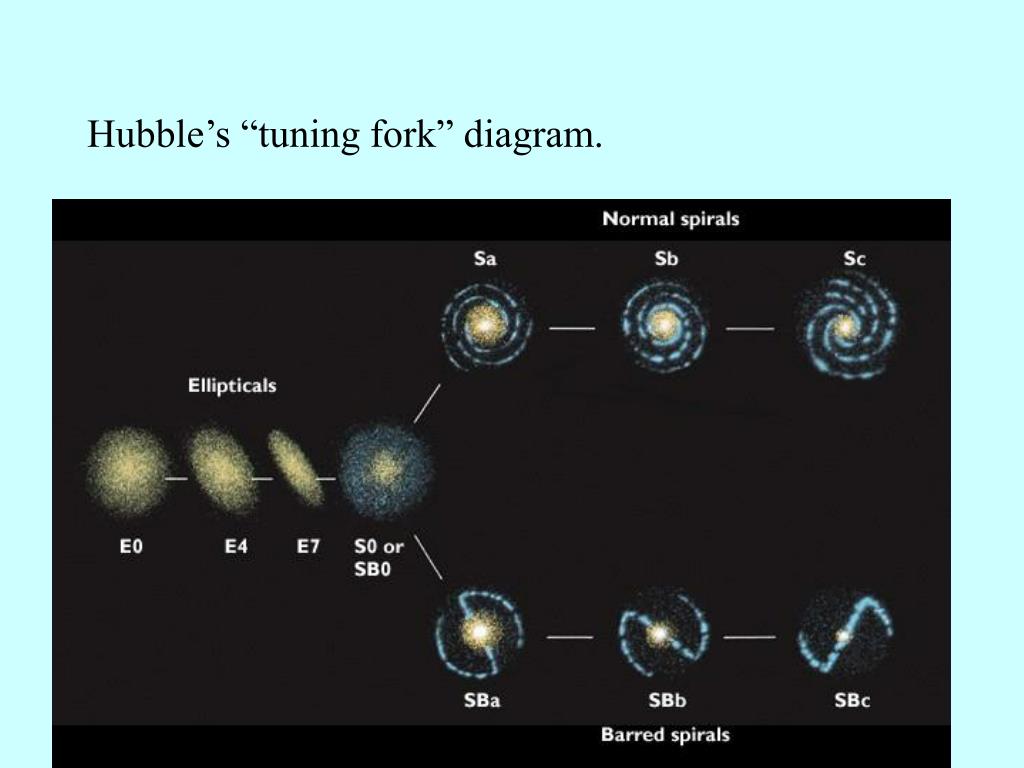






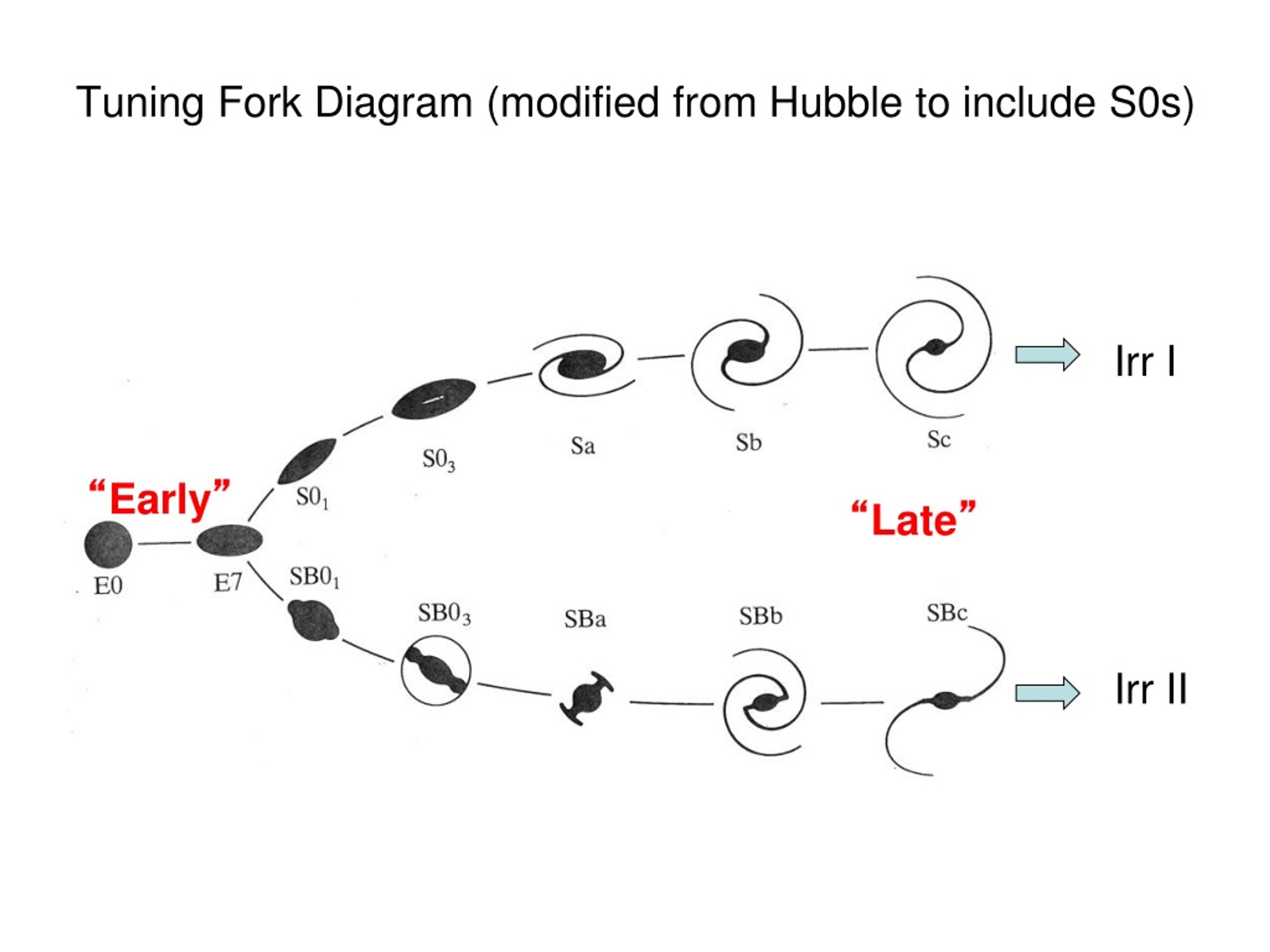

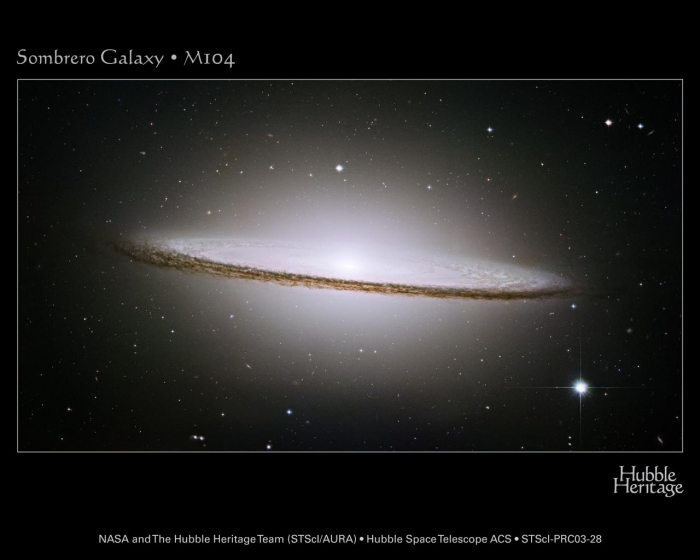




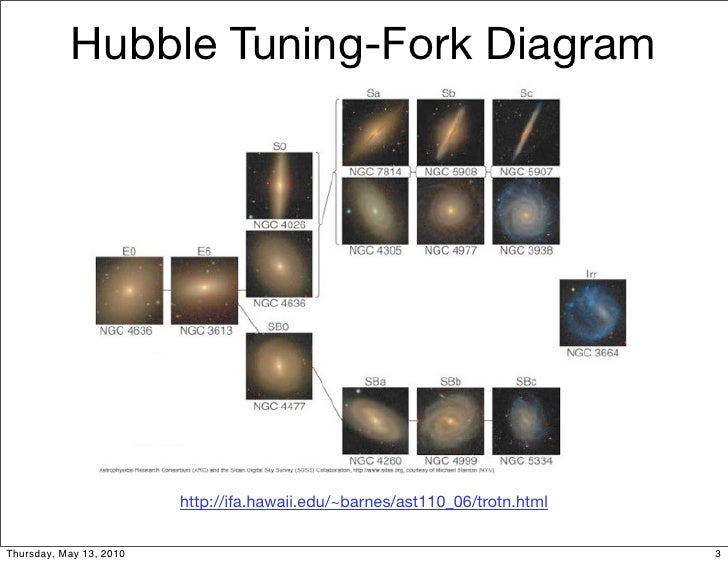



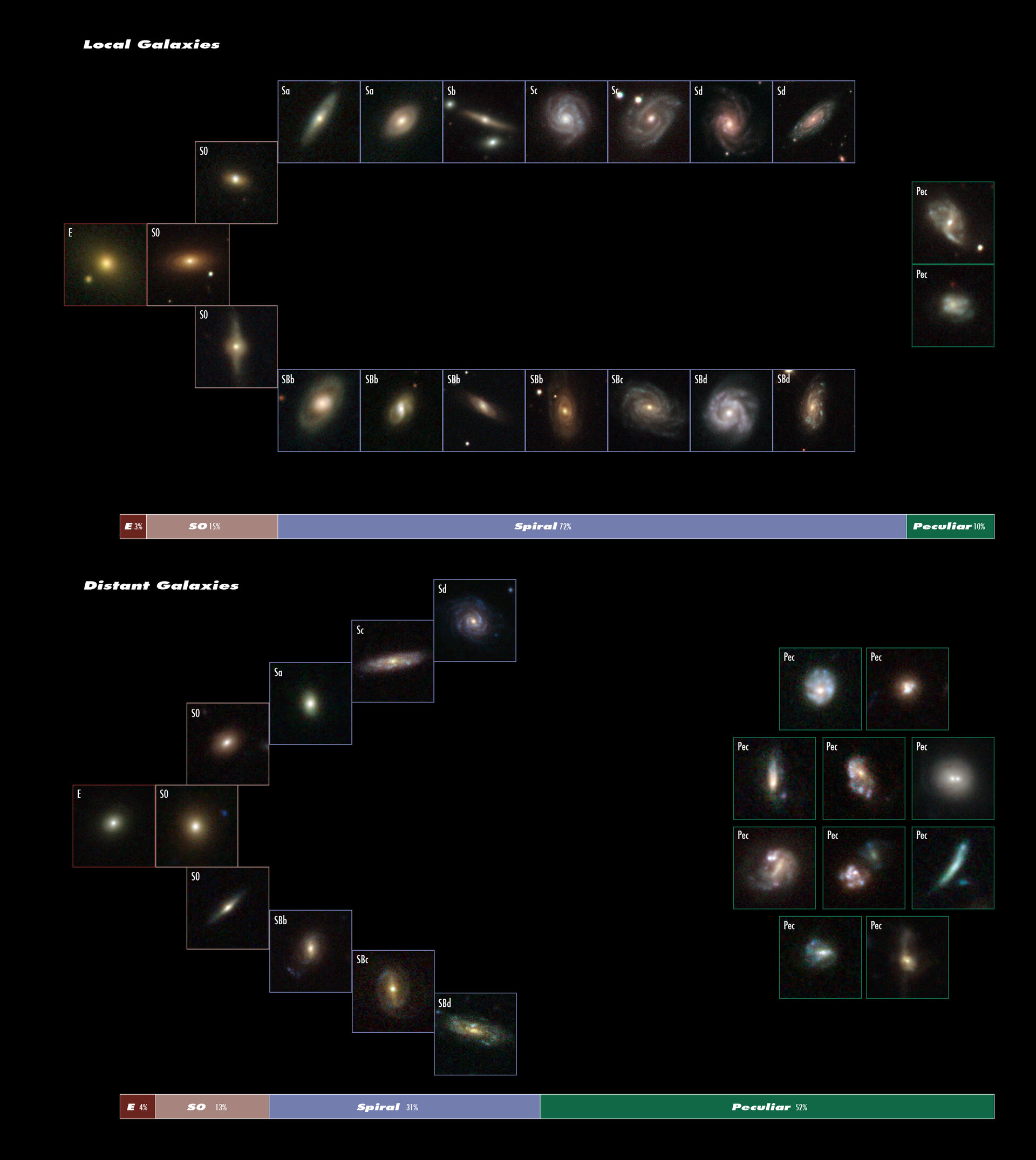

Comments
Post a Comment